Burgeoning Asian Bioweapons
Most of us know of the atrocities conducted at Auschwitz by Josef Mengele during World War II. However, very few people are aware of the equally horrendous human experimentation conducted simultaneously by Japan. A clandestine program conducted by the Japanese during World War II was responsible for the experimentation and genocide of hundreds of thousands of Chinese citizens as well as others, and ultimately led the Chinese to develop their own robust biological weapons program which is in full swing presently. In this report, we will look back at the Japanese biological weapons program that started it all, and fast forward to the burgeoning Chinese biological warfare program today, which arose from it.
Special thanks to fellow researcher, The Speaker, for contributions to this report.

By The Sharp Edge
Biological Weapons of the Imperial Japanese
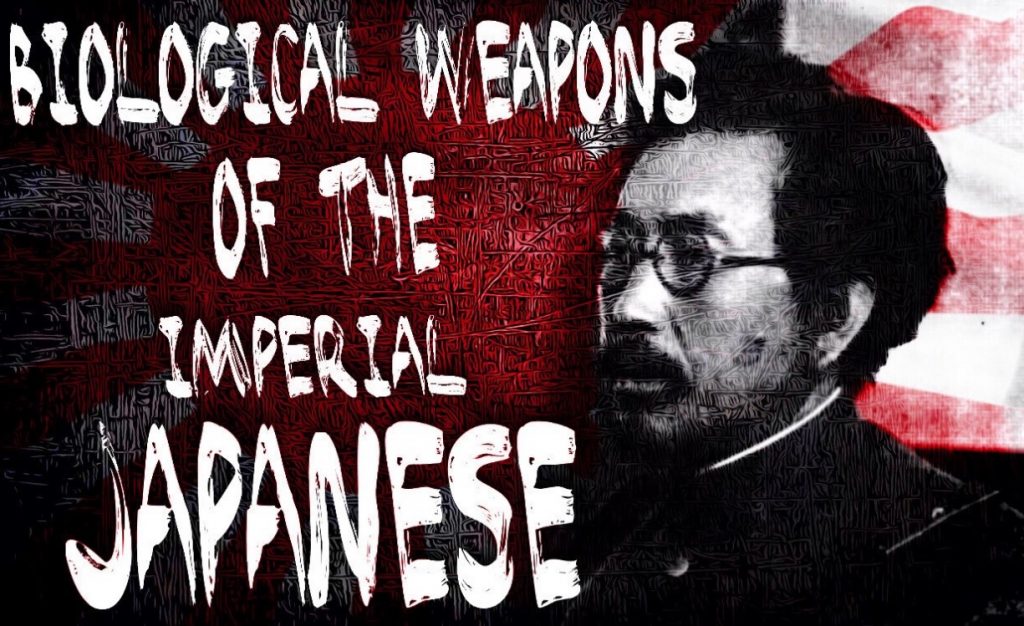
Following World War I, the Japanese imperialist policy of expansion through military and political tactics, led to the Japanese invasion of Manchuria in 1931, which some scholars site as the origin of the Second Sino-Japanese War. This war between the People’s Republic of China and the Japanese Empire transpired amidst the backdrop of World War II. Following the Japanese attack of Pearl Harbor in 1941, the United States declared war on the Japanese and began to aid China in their efforts. After the devastation of the atomic bombs on Hiroshima and Nagasaki as well as the Soviet led invasion of the Japanese stronghold in Manchuria, Japan finally surrendered to the Allied forces.
It was within this time frame that Imperial Japan conducted covert biological and chemical warfare. The clandestine project was overseen by a special department of the Japanese Imperial Army known as Unit 731. Other biological and chemical warfare units connected to Unit 731 were founded in major Chinese cities, following the Japanese invasion in 1937. At the peak of this operation, the entire network of biological and chemical warfare research units under Japanese Imperial Army control, comprised of approximately 10,000 doctors, professors, and biochemists. This biological weapons research and development unit, which masqueraded as, the “Epidemic Prevention and Water Purification Department,” conducted horrendous human experiments, drawing comparisons between Unit 731 to somewhat similar experimentation conducted by Nazi German scientists at Auschwitz.
Shiro Ishii, the Surgeon General and a Japanese microbiologist army medical officer, led the secret research group responsible for spreading anthrax, bubonic plague, cholera, small pox, botulism and other deadly pathogens throughout China. A wide range of test subjects were gathered from the population, including pregnant women, children, and the elderly, for the purposes of their human experimentation. To desensitize the researchers from the horrors of experimentation on live humans, the dehumanized victims were referred to as “logs,” as described by one civilian employee who worked for the unit. The term originated as an inside joke, as the Unit 731 facility was officially described to local authorities as a lumber mill. Interestingly, the secret project was internally referred to as, “Holzklotz” (the German word for “log.”) After touring several European laboratories as well as conducting extensive studies on chemical warfare used by the Germans in World War I, Shiro Ishii formed his theoretical concepts of Japan’s use of biological warfare. The atrocities of chemical weapons used during World War I led to the Geneva Protocol of 1925, banning the use of chemical and biological agents in war. Though the Geneva Convention treaty of 1925 was signed by Japan, it was never ratified by the National Diet of Japan.
The human experiments conducted under Unit 731 included research in the areas of: understanding how various pathogens affect the human body, development of vaccines and treatments, and the weaponization of pathogens. Human subjects were injected with diseases, often times disguised as vaccines, and then observed in order for researchers to understand the effects. Victims, who were imprisoned within the confines of the Unit 731 facility, often times underwent vivisection procedures (the dissection of live humans) without anesthetic, in order for the scientists to observe the deterioration of organs resulting from the pathogens that ravaged their bodies. Some human subjects were tied to stakes as researchers studied the effects of various bombs and weapons on them. Others were forced to undergo freezing temperatures in order to understand the effects of frostbite. Female prisoners were often times raped and impregnated in order to understand the transmission of diseases to the unborn. As a result, many children were born into captivity and were the subjects of human experimentation as well. Over the course of their operation, at least 3,000 men, women and children were held captive for experimentation at the Unit 731 facility – none of whom survived.
Through their research, the unit developed special bombs carrying bioweapons, including one that carried fleas which was used to spread the bubonic plague. Japanese soldiers poisoned food and water supplies in China using the biological weapons developed by Unit 731, and were even known to hand out poisoned candies to unsuspecting children. It is estimated that up to 580,000 people were killed from biological warfare and human experimentation conducted through the covert project.
While Nazi German leaders underwent military tribunals known as the Nuremberg trials, for war crimes following World War II, members of Unit 731, including their ruthless leader Shiro Ishii, received secret immunity from U.S. authorities in exchange for their biological weapons research. Twelve researchers from the unit were captured by Soviet forces and tried for their war crimes. Members tried by the Soviets received notably light sentencing in comparison to their crimes, leading researchers to believe that the Soviets may have also struck a deal with the Japanese for biological weapons research. Declassified documents reveal that the United States not only provided members of Unit 731 with immunity, but payments from the U.S. War Department were made to unnamed members of the unit in the amount of 150,000 to 200,000 yen. The documents explain how the U.S. War Department believed that the “information procured will have the greatest value in future development of the US BW (bacteriological warfare) program” and the “data on human experiments may prove invaluable.” The eagerness for the United States to obtain this information may have been in an attempt to supersede the Soviet Union in a biological warfare arms race.
Burgeoning Chinese Biological Weapons
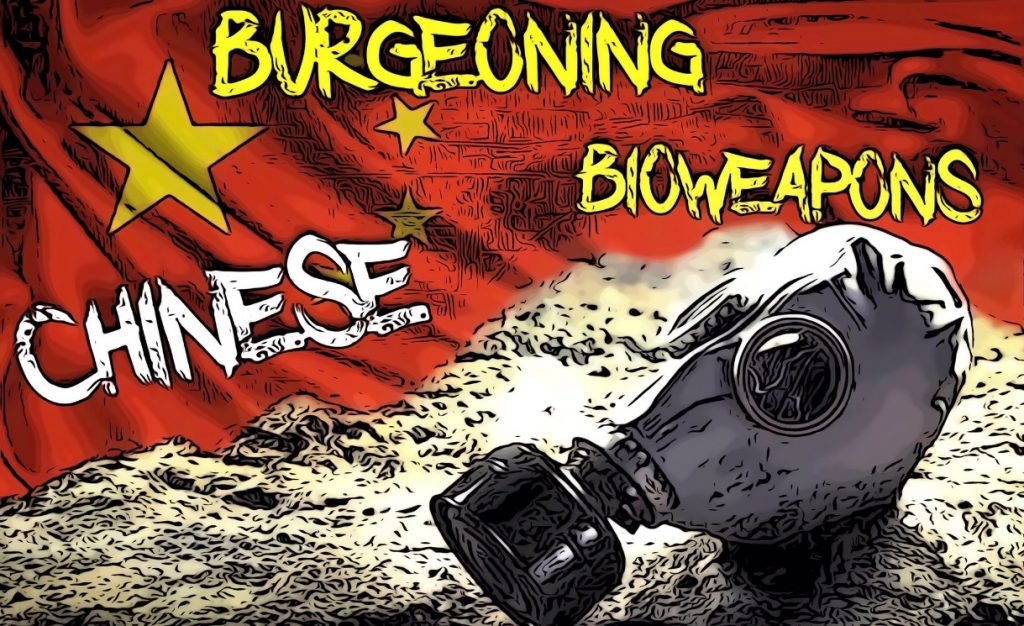
From the context of the Japanese biological warfare program which ravaged the Chinese population from 1933 to 1945, and the presumed emerging biological weapons arms race between the United States and the USSR, China’s biological warfare program arose.
Though China agreed to the Geneva Protocol in 1952 and the Biological Weapons Convention in 1984, by 2005, the U.S. State Department reported that “The United States believes that China continues to maintain some elements of an offensive BW capability. The issue is whether this capability constitutes a violation of the BWC.” The 2005 Compliance report went on to state, “The United States believes that China began its offensive BW program in the 1950s and continued its program throughout the Cold War, even after China acceded to the BWC in 1984. Undoubtedly China perceived a threat from the BW programs of its neighbor, the Soviet Union. There are some reports that China may still retain elements of its biological warfare program. Such reports support the United States continued belief that China has not abandoned its offensive BW program… Facilities in China that may have legitimate public health and commercial uses could also offer access to additional BW-enabling capabilities.”
The same 2010 Compliance Report found again, that China’s declarations to maintain compliance with the BWC, “have neither documented the offensive BW program it possessed prior to its accession to the BWC in 1984, nor documented that China has eliminated the program or any remaining biological munitions in accordance with the BWC,” and went on to state that, “Available information indicates China engaged during the reporting period in dual-use activities that included: identifying factors that enhance the virulence, toxicity, or antibiotic resistance of pathogens, including through the use of genetic engineering; identifying, characterizing, and testing numerous new toxins; producing toxins synthetically; and examining advances in research on airborne microbial aerosols.” The 2010 report did not, however, find that the dual-use activities were in violation of the BWC.
Then in July of 2019, U.S. officials expressed concerns over China’s burgeoning biological weapons program during the 2019 CBRN Defense Conference and Exhibition. The Lead Clinical Consultant at the U.S. Army Medical Research Institute of Chemical Defense, Dr. James Madsen, stated that “there are many deadly and frightening chem-bio threats that are not on many people’s radar. One, which he would not name, can infect a person and have a long latency period. ‘When you have symptoms … it’s too late and you deteriorate over a period of months to weeks and you die.’” The Chief Intelligence Officer at the Joint Program Executive Office for Chemical, Biological, Radiological and Nuclear Defense explained, “What we’ve seen over the past few years is the norms around chemical and biological weapon use have been eroded almost completely. The norms surrounding these and the treaties surrounding these have really taken a hit.”
Compliance concerns were raised once again by the U.S. State Department in their 2019 Compliance report, which stated, “Information indicates that the People’s Republic of China (China) engaged during the reporting period in biological activities with potential dual-use applications, which raises concerns regarding its compliance with the BWC. In addition, the United States does not have sufficient information to determine whether China eliminated its assessed biological warfare (BW) program, as required under Article II of the Convention.” The report went on to explain, “Article I of the BWC obligates States Party ‘never in any circumstances to develop, produce, stockpile, or otherwise acquire or retain …[m]microbial or other biological agents, or toxins whatever their origin or method of production, of types and in quantities that have no justification for prophylactic, protective, or other peaceful purposes.’ The United States has compliance concerns with respect to Chinese military medical institutions’ toxin research and development because of the potential dual-use applications and their potential as a biological threat. In addition, the United States assesses that China possessed an offensive BW program from the early 1950s to at least the late 1980s. There is no available information to demonstrate that China took steps to fulfill its treaty obligations under Article II of the BWC, which requires China to destroy or to divert to peaceful purposes all items specified in Article I of its past offensive BW program.”
Continued defiance by China, to report biological research activities required by the Biological Weapons Convention of 1984, are at the crux of growing distrust by the United States and other nations, as to their secretive biological weapons program.
What Have We Learned From SARS?
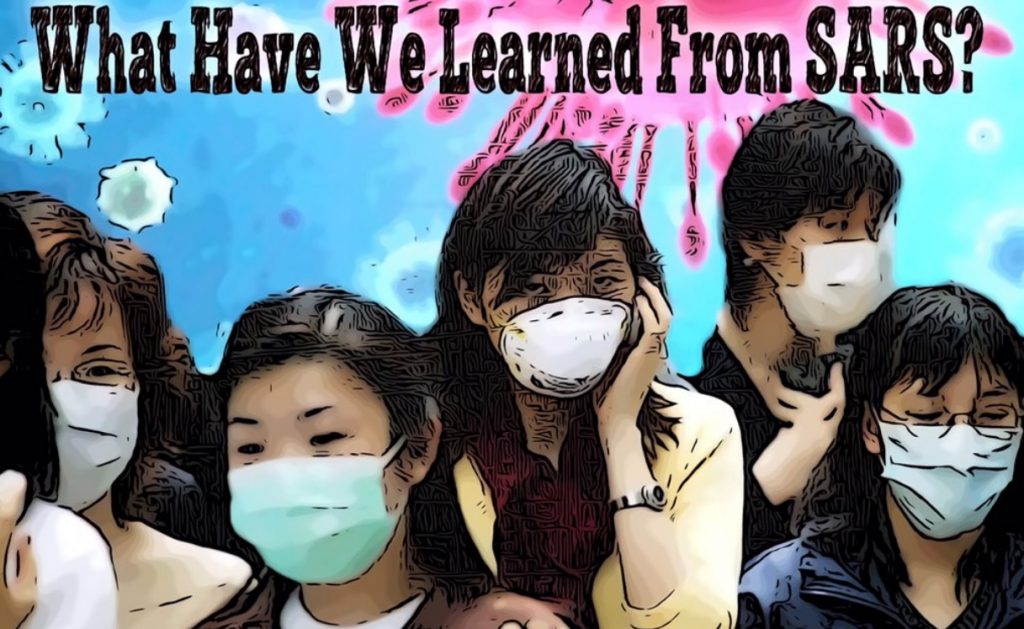
An atypical form of pneumonia referred to as severe acute respiratory syndrome, or SARS, began to spread swiftly worldwide in November of 2002, eventually causing the World Health Organization to announce a worldwide health threat. The first known case of SARS is believed to have occurred in Foshan, China near Guangzhou in Guangdong province, sometime in mid-November of 2002. When first discovered by mid-December, Chinese medical personnel notified health experts in order to diagnose the disease by early January of 2003. Health experts conducted an investigation of the unknown “strange disease” and submitted a report to the provincial health bureau by January 27th of 2003. The report was marked as “top secret,” which only authorized the provincial health officials to open it. Three days passed before any authorized provincial health officials read the document. Then, once the document was finally read, a bulletin was distributed to hospitals within the province.
In compliance with the State Secrets Law regarding the dissemination of public health information, the public was kept in the dark about the emerging threat. Under the State Secrets Law, any infectious diseases were classified as a state secret until the Ministry of Health authorized a public announcement. Therefore, any doctors, public officials, or journalists who were to report on the outbreak prior to authorization by the Ministry of Health, would risk persecution. Consequently, a complete media blackout of the rapidly developing danger continued until February 11th 2003, when health officials finally held a press conference on the matter.
Prior to April of 2003, Chinese authorities shared very little information with the World Health Organization. The Chinese Center for Disease Control and Prevention waited until April 3rd 2003 to issue bulletins to hospitals nationwide. Experts from the World Health Organization were finally permitted by the Ministry of Health to enter China, but were not allowed access to Guangdong, the epicenter of the outbreak, until 8 days later. Another week went by before WHO officials were permitted to inspect Beijing military hospitals.
While SARS spread like wildfire throughout Beijing, the public was kept unaware of its scope and severity by local authorities. Furthermore, reports from local authorities up the chain of command to higher levels were skewed over fears of being reprimanded by their superiors. All-in-all, the lack of transparency at every level of the Chinese government, inhibited authorities from assessing the scope and severity of the outbreak, in order to respond in a timely and efficient manner.
The same lack of transparency, accountability, and oversight led to speculation, rumors and panic among the Chinese population and around the world. By April of 2003, Russian infectious disease experts publicly speculated that SARS may be a man-made biological weapon. The head of Russia’s epidemiological services stated that he believed the virus was a laboratory creation, explaining, “there is no vaccine for this virus, its make-up is unclear, it has not been very widespread and the population is not immune to it”. The Russian official did, however, admit that he had reservations of this theory, considering the virus has a relatively minimal mortality rate and is not very easily transmittable.
The scientific consensus on the origins of the SARS outbreak, which was confirmed by the World Health Organization on April 16th of 2003, attributes the source of this strain of the Coronavirus to animals. However, on April 17th of 2003, the Director of the U.S. Center for Disease Control stated that the virus “didn’t look like much of any of the viruses we already had in our reference strain collection.”
In April of 2004, SARS escaped the Chinese Institute of Virology laboratory in Beijing, when two researchers who were working on the virus became infected. “We suspect two people, a 26-year-old female postgraduate student and a 31-year-old male postdoc, were both infected, apparently in two separate incidents,” stated a World Health Organization spokesperson. In response to the 2004 incident which emerged from a Chinese laboratory, an epidemiologist with the Hong Kong University–Pasteur Research Center remarked, “Normally, it’s not possible to contaminate people even under level two confinement, if the security rules are obeyed, with the appropriate hoods, and so on,” adding that SARS laboratory work requires level 3 confinement, which “suggests there has been some mishandling of something.” On May 18th of 2004, the WHO announced that the virus was contained, after 1 person died and 9 were infected. The WHO went on to state that “biosafety concerns remain,” and further investigation by the WHO and Chinese health officials would continue in order to determine the cause of the outbreak.
Years after the 2003 SARS outbreak, which claimed the lives of 774 people, the Taiwan National Security Bureau Director General informed the legislative committee that Chinese sources suspected the 2003 SARS incident to be a result of a biological weapon. The security bureau stated, “In the 2003 SARS period, there were deaths and injuries, and in addition China hid the patient count, causing panic in people’s hearts…At that time insider information indicated that SARS was a biological weapon.” A Chinese Foreign Ministry official refuted the claims, stating, “These are completely groundless and irresponsible comments,” adding, “Could you help me find the original source so we can find the scoundrel who spread them?”
Whether the SARS outbreak of 2003 originated from a Chinese laboratory or emerged as a natural occurrence, it is clear that the lack of transparency, accountability, and oversight of biological research conducted in Chinese laboratories, with dual-use applications, has fueled distrust among nations and their citizens as to Chinese laboratory safety practices, compliance by the Chinese government with BWC regulations, and their ability to effectively prevent future outbreaks that may cause worldwide health threats. A Roundtable convened before the Congressional Executive Commission on China in May of 2003 to discuss what they have learned from the SARS outbreak in China and how to prevent another epidemic in the future.
Novel Coronavirus 2019-nCoV: Repeating the Past?
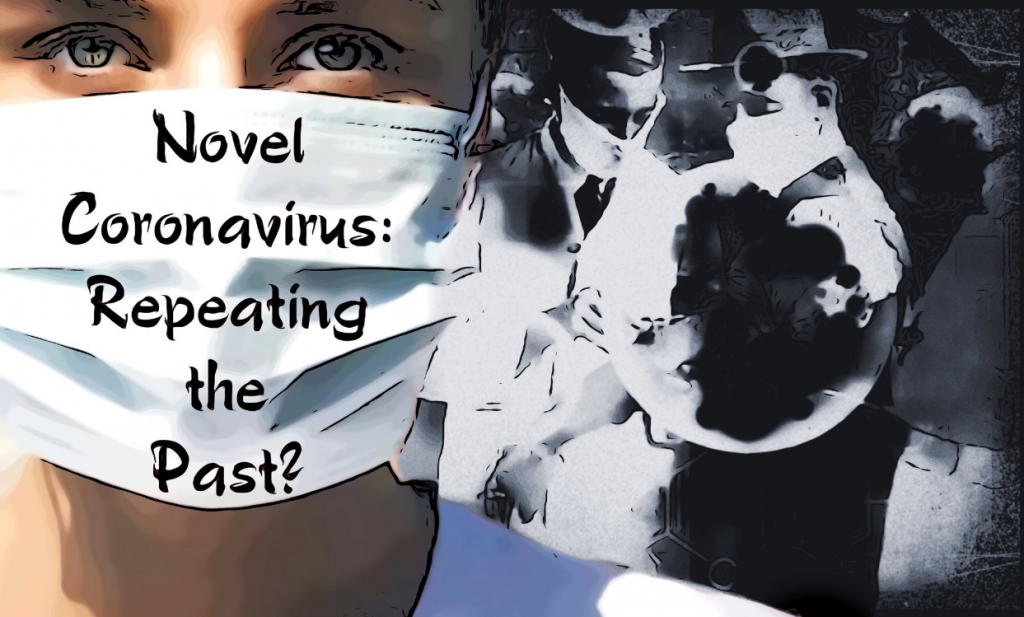
The first known case of 2019-nCoV occurred on December 1st, 2019. On December 31, 2019, Chinese authorities notified the World Health Organization of multiple flu-like cases in Wuhan. The patients were quarantined, and an investigation as to the source commenced. Then on January 1st 2020, a seafood market in Wuhan was identified as the potential source of the outbreak. By January 7th, Chinese authorities ruled out known coronavirus strains such as SARS and MERS, though the new strain is associated with the SARS-CoV group, and diagnosed the new strain as 2019-nCoV. From January 13th to January 21st, cases were reported in Thailand, Japan, South Korea, Australia and the United States. A day later, authorities quarantined Wuhan and 2 other cities, banning all travel. By January 31st, the death toll reached 213, with 9,776 reported cases, as more countries began to report their first cases, including: Mexico, Singapore, Taiwan, Germany, Cambodia, Finland, and India. On the same day, the World Health Organization declared a global health emergency. As of February 2nd 2020, officials quarantined 17 cities in China and the virus spread to 24 other countries, with the number of confirmed cases reported at 14,549, while the number of suspected cases neared 20,000. The death toll as of February 2nd climbed to 305. Coincidentally, they have begun treating some patients with HIV drugs, as Corey’s Digs just released chapter one of a large book on AIDS potential slush fund of $90B taxpayer dollars.
Though officials quickly determined that the source for the outbreak came from animals (such as bats) served in the Huanan Seafood Market in Wuhan, the prestigious peer-reviewed medical journal, Lancet, reported a clinical study of the 2019 Novel Coronavirus, which determined that the first known case of 2019-nCoV had no direct contact with the Huanan Seafood Market, further stating that, “None of his family members developed fever or any respiratory symptoms,” and “No epidemiological link was found between the first patient and later cases.” Including the first patient, of the original 41 cases, 14 patients had no contact with the Huanan Seafood Market. The Lancet study went on to state that, “Both SARS-CoV and MERS-CoV were believed to originate in bats, and these infections were transmitted directly to humans from market civets and dromedary camels, respectively. Extensive research on SARS-CoV and MERS-CoV has driven the discovery of many SARS-like and MERS-like coronaviruses in bats.”
Once the genetic sequence of 2019-nCoV became available, researchers began to investigate its genetic make-up in order to understand its origins. From their research, it was determined that the 2019-nCoV strain is most closely related to strains found in bats. Shi Zheng-Li is a coronavirus specialist at the Wuhan Institute of Virology, whose research focuses primarily on bats. She led the team of specialists who determined that this latest strain of coronavirus resembles a bat virus with 96.2% similarity and likewise resembles the coronavirus that causes SARS with a 79.5% similarity. Shi Zheng-Li has conducted several studies at the Wuhan Institute of Virology, the first biocontaminant level 4 laboratory in China’s history, which is capable of handling the world’s most deadly diseases, including coronavirus. Her bio page on the Wuhan Institute of Virology site states that her “major achievements include the discovery of a number of genetically diverse bat SARS-like coronaviruses… and the antibodies of Nipah virus and Ebola virus in bats in Southern China.” Furthermore, Shi Zheng-Li is participating in ongoing research projects including the National Basic Research Program (973 Program), which has supported her research into a study on the “molecular mechanism of cross-species infection and transmission of important viruses” from 2011-2015. The National Natural Science Foundation of China has supported her research in the “discovery and isolation and identification of human pathogens carried by bats, distribution characteristics, genetic evolution and their pathogenicity to humans” from 2013-2017. Shi Zheng-Li led a team of experts at Wuhan Institute of Virology in the discovery that the “genetic building blocks of SARS” were found in a population of horseshoe bats. The 2017 research paper written by Shi Zheng-Li and her team, which documented the study, stated, “The risk of spillover into people and emergence of a disease similar to SARS is possible.” The team of researchers isolated approximately 300 bat coronavirus sequences for the purposes of monitoring the virus’s evolution.
Just as in the case of the SARS outbreak, speculation as to the true origins of the 2019-nCoV have emerged. A former Israeli military intelligence officer, who is familiar with the China’s biological warfare program, believes Wuhan Institute of Virology is connected to Beijing’s secret biological weapons program, stating “Certain laboratories in the institute [Wuhan Institute of Virology] have probably been engaged, in terms of research and development, in Chinese [biological weapons], at least collaterally, yet not as a principal facility of the Chinese BW alignment.” In 2017, a molecular biologist at Rutgers University, Richard Ebright, criticized the new BSL-4 lab, stating that the excessive capacity to study the world’s deadliest pathogens will lead governments to assume that there is a potential for the development of bioweapons at the facility, adding “These facilities are inherently dual use.” On January 30th, 2020, U.S. Senator, Tom Cotton addressed the Senate Armed Services Committee regarding China’s lack of transparency about the 2019-nCoV outbreak, stating, “China is still lying about all of this. They’ve been lying about it from the very beginning, and you don’t need their history of lying about SARS in 2003, though it is relevant here. You just have to see what’s happened over the last 2 months. We now know the first case manifested no later than December 1, even though China didn’t reveal it to the WHO until a month later on December 31st, when they continued to hide it from their own citizens, and they continued to say that it had been contained inside of Wuhan. Today it is in every single province in China. They also claimed for almost 2 months, until earlier this week, that it had originated in a seafood market in Wuhan – that locals had contracted it from animals in bat soup or snake tartar. That is not the case. The Lancet published study last week demonstrating that of the original 40 cases, 14 of them had no contact with the seafood market including patient zero. As one epidemiologist said, ‘That virus went into the seafood market before it came out of the seafood market.’ We still don’t know where it originated…I would note that Wuhan also has China’s only biosafety level 4 super laboratory that works with the world’s most deadly pathogens, to include, yes, coronavirus.” The address listed for Professor Shi Zheng-Li’s work conducted at the Wuhan Institute of Virology is just 16 kilometers from the presumed epicenter of the outbreak, Huanan Seafood Market, bolstering these speculations.
Adding to suspicions, a scientist working for the Canadian government at the National Microbiology Lab, plus her husband and her students from China, were expelled from the laboratory in July of 2019, over a possible “policy breach.” The Canadian government has launched an investigation into the expelled scientists. Xiangguo Qiu, who is an expert in the study of the Ebola virus, made at least 5 trips to China from 2017 to 2018, including to the Wuhan Institute of Virology level 4 laboratory, as well as to meetings with colleagues in Beijing. Xiangguo Qiu also resides on the same Virologica Sinica editorial board from which Shi Zheng-Li, of Wuhan Institute of Virology, is Editor-In-Chief. Furthermore, amidst the 2019-nCoV virus outbreak, indictments were unsealed for a Harvard University professor and 2 Chinese nationals, who were charged in 3 separate China related cases. The indictment against the Harvard professor, Charles Leiber, alleges that the professor “lied about his involvement in the Thousand Talents Plan and affiliation with WUT [Wuhan University of Technology].” Leiber’s work has focused primarily on nanotechnology and brain science. Yanqing Ye was indicted for falsely identifying as a student “while studying at Boston University’s (BU) Department of Physics, Chemistry and Biomedical Engineering from October 2017 to April 2019” and lying “about her ongoing military service at the National University of Defense Technology (NUDT), a top military academy directed by the CCP [Chinese Communist Party].” Zaosong Zheng’s indictment states that he “conducted cancer-cell research at Beth Israel Deaconess Medical Center in Boston from Sept. 4, 2018, to Dec. 9, 2019.” The indictment against Zheng alleges that Zheng “stole 21 vials of biological research and attempted to smuggle them out of the United States aboard a flight destined for China.” Though the timing of these indictments, amidst the 2019-nCoV outbreak is curious, there is no known direct connection between these indictments and the outbreak itself. The recent events surrounding these investigations and indictments do, however, underscore the potential for threats against national security.
It is important to note that the Office of the Director of National Intelligence recognizes that, “biological and chemical materials and technologies—almost always dual-use—move easily in the globalized economy, as do personnel with the scientific expertise to design and use them for legitimate and illegitimate purposes,” and perceives the increasing worldwide exchange and accessibility to pose a potential threat to U.S. national security.
Regardless of whether the SARS outbreak of 2003 or the Novel Coronavirus outbreak of 2019 were man-made or natural occurrences, the lack of transparency, accountability, and oversight by Chinese authorities as to their burgeoning biological weapons program has fueled speculations. Let us hope, for the sake of the Chinese citizens, who have been devastated the most by these epidemics, as well as for the global population, that the Chinese government has finally learned from the grave mistakes of decades past.







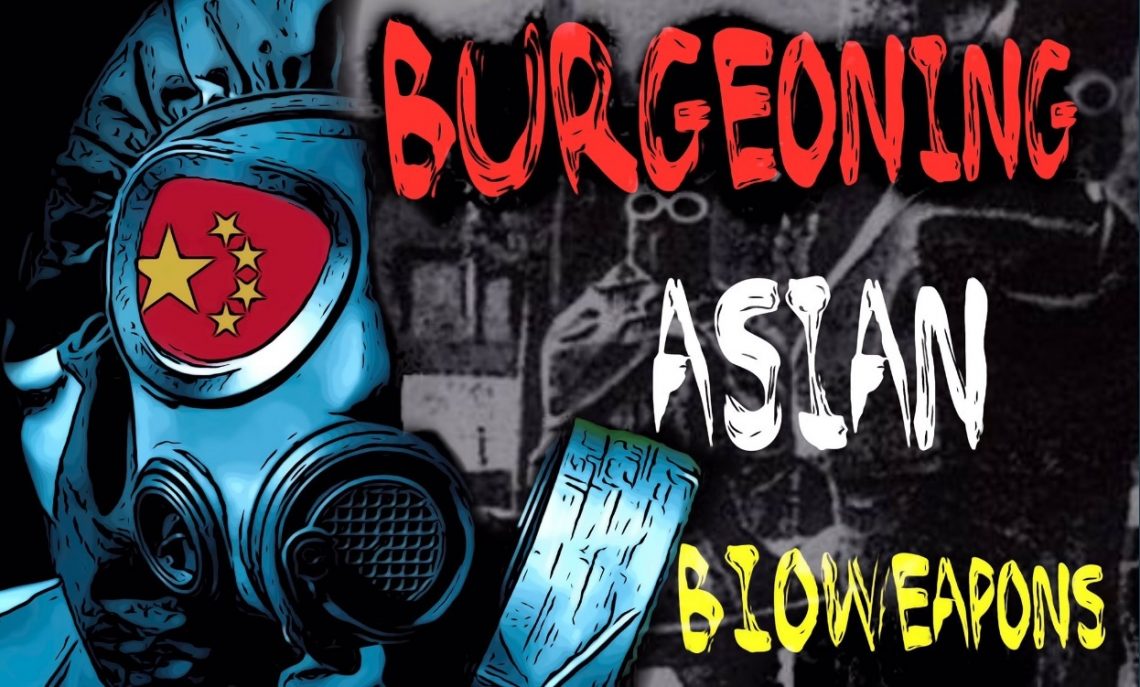
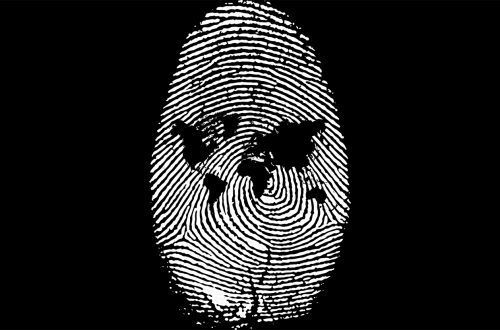
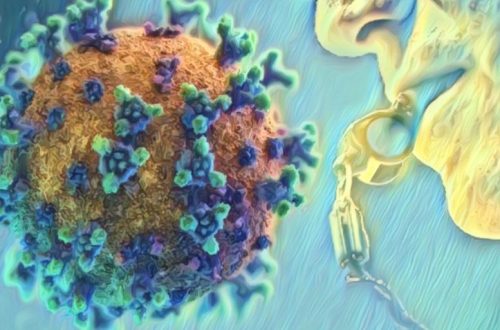
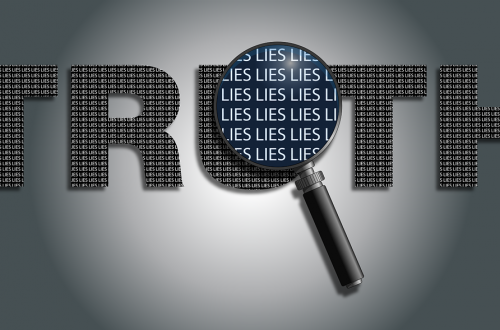

7 Comments
Aida
There is also a solution for this “epidemic” called clorine dioxide (CD, Mineral Miracle Solution (MMS), CLO2), which is a biologically safe disinfectant. The governments are calling this chlorine and attacking anyone who talks about this. Here are some supporting documents so that people understand that this is an unnecessary epidemic and that governments are also blocking the solution and playing with people’s lives here.
Jim Humble rediscovered this recently. He called it MMS. He tried to make it commercially available and was shut down. https://jimhumble.co/
Daniel Smith who was distributing it is currently in jail because of that. https://standbydaniel.com/
Kerri Rivera is helping people get informed. https://www.kerririvera.com/kill-cure-stop-how-to-heal-the-coronavirus-epidemic/
Video of how ClO2 works. https://youtu.be/MNQUTeLz7vs
This ridiculousness needs to end.
David
Article by the San Francisco Chronicle Saturday. (Bay Area Biotech companies join in to try and find vaccine.) VIR Bio with ties to Bill Gatesand other Bay Area Biotech companies, I would keep an eye 👁 on them just as the takeover of the internet started in SF
Charles Mark Boles
We must not forget that neither bomb dropped on Hiroshima or Nagasaki was necessary to end the war. They were dropped to use the Japanese (whom Americans thought an inferior race) as test subjects for radiation exposure. Still to today the US Government tests any still living people that were subjected to the blasts as test subjects. The US Government still has their own biological weapons labs. Fort Meade and Plum Island to name a few. We excused Nazi war criminals to boost our space program and the camp doctors were excused for their information on human experimentation during Operation Paperclip so why would it surprise anyone that we did the same for the Japanese. I am a proud American citizen but we have our own burdens to bear and should not ever act like we as a country are innocent of the same crimes. MK-Ultra is all I should have to say for the self educated people about our countries guilt in using its own citizens as test subjects. Mr. Olsen did not jump from that hotel window and Epstein did not kill himself. Mr. Rich did not shoot himself in the back twice during a robbery when nothing was taken. The CIA never smuggled heroin out of Vietnam or cocaine to finance their black ops did they. Mena Arkansas was cocaine central with Bill Clintons help as governor
AJ
Great stuff, but, please, enough with the rubbish about “evil Mengele”.
https://jan27.org/the-making-of-a-monster-how-jews-created-the-mengele-legend/
ez
IBM goes way back to Mengeles Experimentation..great job Corey…I feel it will all tie together with AI immersion through synthetic DNA Vaccinations which will be more dangerous than the Virus itself. The new Communism..the Technocratic Tyranny
https://thetechnocratictyranny.com/genome/the-animal-farm/
AJ
An Auschwitz Doctor’s Eyewitness Account—The Tall Tales of Dr. Mengele’s Assistant Analyzed – – http://holocausthandbooks.com/index.php?page_id=37
“Nyiszli was either an extraordinary impostor or a lunatic; there is no escaping from the dilemma. And both horns of this dilemma – shameless mendacity or lunacy – disqualify Nyiszli and completely destroy his credibility.”
OR have the (((mainstream media))) and Hollywood been telling the truth on this issue, the linchpin lie of the 20th & 21st centuries, but nothing else.
Paul
Some have becoming aware of very interesting “coincidences” around this coronavirus issue, as in this link:
https://www.worldofbuzz.com/this-book-published-in-1981-eerily-predicts-the-coronavirus-outbreak-in-2020-were-shook/
One appears to be oriented to a prophetic or clairvoyant ability (the Browne book) but the other… a case of what has been termed “predictive programming”? In any case, unnerving.